Members directory

Dr
Shuddhasattwa
Maitra Mazumdar
Vector ecology, host seeking behavior, Culicoides

Dr
Benjamin
Makepeace
I have been working on onchocerciasis for 18 years, focusing on the Onchocerca ochengi bovine system as an analogue of the human disease. My research spans vaccine, drug and diagnostics development for onchocerciasis using this bovine system, as well as basic questions about the evolution of filarial nematodes, their association with Wolbachia symbionts, and their capacity for immune evasion.

Dr
Maria Isabel
Maldonado Coelho Guedes
Animal Virology, with emphasis in Orbivirus, Orthopoxvirus, Herpesvirus, studying aspects about pathogenesis, molecular characterization, diagnosis and vaccines.
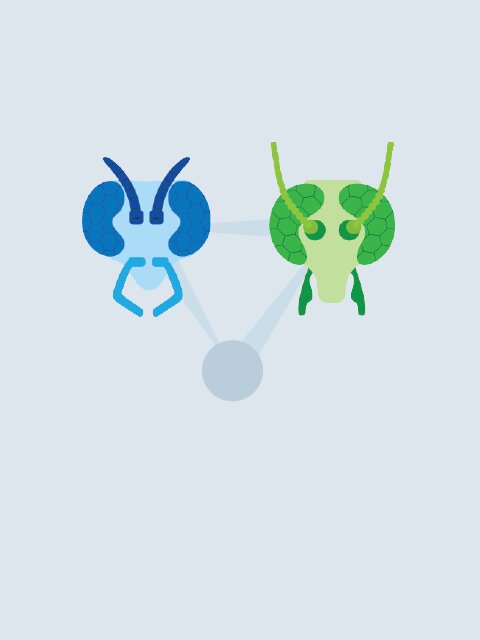
Professor
Juan Sebastian
Mantilla
I am interested in the ecology of blackflies (adults and immature stages) and their role as vectors of different parasites for human and birds.

Dr
Antonio
Marques
My objective is to interact with sand fly reserachers in the world. Actually, my work is to identify possible sand fly vectors in the Rondonia state, Amazonia, Brazil

Miss
Emily
Martin
Investigating the mechanisms of resistance to neonicotinoid insectciides in mosquito species. This involves in silico work looking at variant gene expression using Ag1000G project data, in vitro work looking at gene expression levels and in vivo work to assess phenotypic susceptibility to insecticides.

Dr
Ines
Martin-Martin
Role of Sand fly and Mosquito saliva in pathogen infection and transmission

Dr
Daniel
Martín-Vega
Diptera of medical and veterinary importance; insect anatomy and development; visualisation of Diptera metamorphosis; visualisation of host/parasite interfaces.
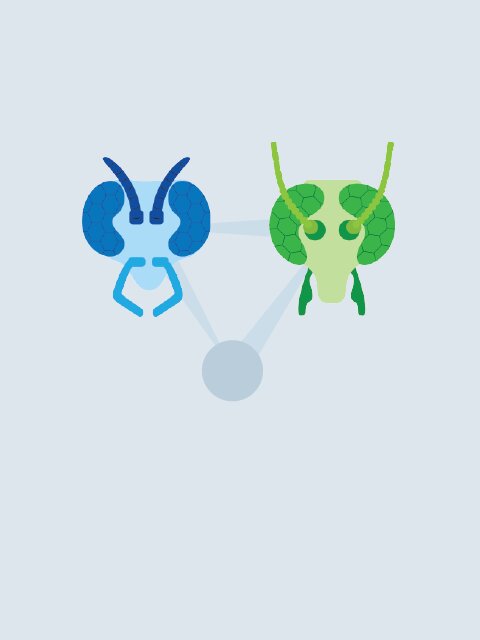
Dr
Josue
Martinez de la Puente
ecology

Dr
Angeliki
Martinou
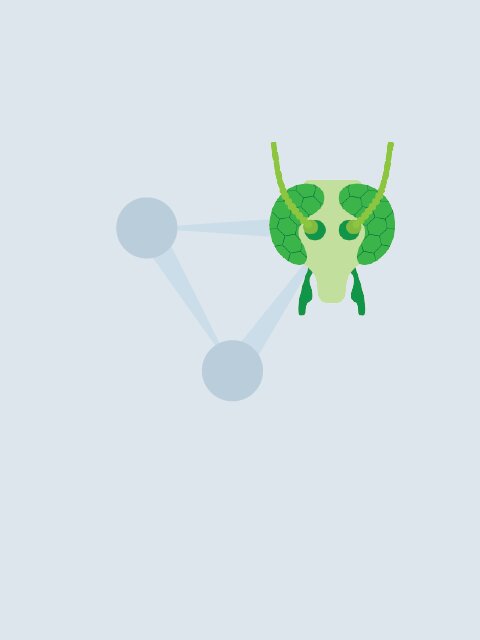
Dr
Bruno
MATHIEU
Culicoides, Integrative taxonomy, Barcoding, Phylogeny, Morphology, Development of molecular tools, Interactive identification keys, Vector ecology

Dr
Damaris
Matoke-Muhia
A molecular biology research scientist with interest is on utilising genomics in the control vector borne diseases mainly malaria and leishmaniasis

Dr
Santosh
Mazumdar
Taxonomy and biology of mosquitoes.

Professor
Abhijit
Mazumdar
Biology of Culicoides spp & predatory midges
Vector ecology & host vector interaction of Culicoides spp.
Morphological and molecular characterization of Culicoides spp

Dr
David
Mburu
Vector Biology
Vector_Parasites interactions

Dr
Emily
McDermott
Vectors of livestock pathogens, zoonoses, virus-vector interactions, vector surveillance, vector control

Bethany
McGregor
My research interests are focused on vector ecology and the role of ecology in understanding the epidemiology and epizootiology of pathogens. My research also spans laboratory based infection and vector competency studies.
CAREER UPDATE: I graduated last May with my PhD in entomology from the University of Florida. I did a postdoc at the CDC where I studied an invasive population of Aedes aegypti and also completed laboratory studies with West Nile virus and Oropouche virus. I have since started a full time research entomologist position with the USDA Agricultural Research Service at the Arthropod borne Animal Diseases Research Unit in Manhattan, KS. I continue to study Culicoides ecology in this capacity, with specific areas of interest including host associations, sugar feeding ecology, spatial ecology, and larval ecology. I am also interested in the ecology of Culicoides-borne diseases including epizootic hemorrhagic disease virus, bluetongue virus, and vesicular stomatitis virus. Through the vast breadth of ecological research we pursue, we hope to leverage our results to better understand not just the true breadth of vector species in North America but also management and control strategies that target specific ecological characteristics of vector midges.

Mr
James
McGregor
Culicoides, Vector species, sugar sources

Shannon
McIntyre
I am currently working as a Research Assistant on the Bill and Melinda Gates funded consortium 'Setting the Post-Elimination Agenda for Kala-azar in India' (SPEAK India), and completing my PhD on xenomonitoring of visceral leishmaniasis.
My primary areas of interest are xenomonitoring, leishmaniasis transmission dynamics, the impacts of climate change on vector borne diseases, and vector control.
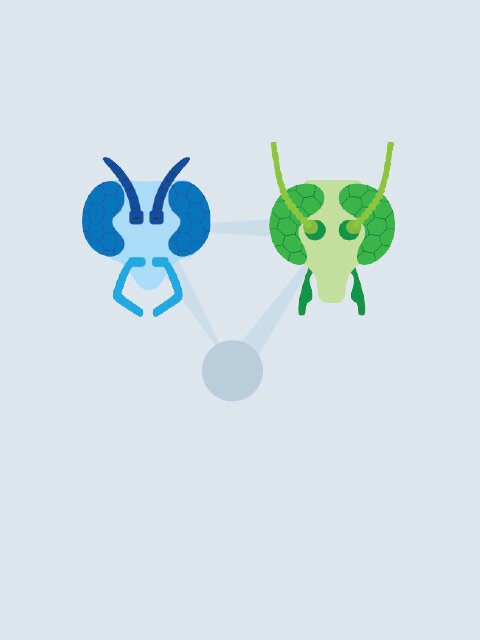
Professor
Philip
Mellor
Retired - more or less

Miss
Ana Sofia
Méndez Arévalo
Venomics and Transcriptomics related to Neglected Tropical Diseases
Immunology
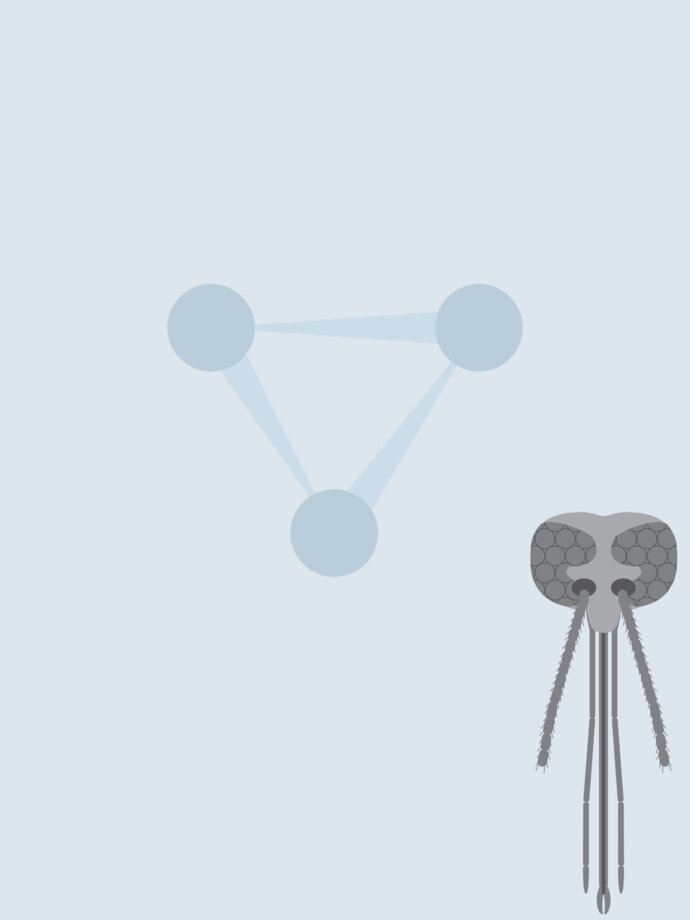
Mr
Soeren
Metelmann
Primarily mathematical modelling of vector and infection dynamics.
I am also interested in (laboratory based) behavioural studies with mosquitoes.

Dr
Mohammad Asaduzzaman
Miah
The research works, recently I have been carried on disease vector insects (mosquitos, planthoppers) particularly focused on their physiology and molecular biology studies to explore their control mechanism. Accordingly, I am looking for opportunities to relate my previous knowledge, skills and experiences to do further research on vector insect-pests’ like vector midges, flies and their management aiming to eliminate vector borne disease.

Dr
Mary Katherine
Mills
I work with Culicoides and vector mosquito species in the South Carolina area. My lab identifies vectors and pathogens from field collections. We also utilize RNAi to determine the molecular mechanisms behind blood-feeding and pathogen transmission in Culicoides sonorensis.

Mr
Rodrigo
Miranda
As an early career researcher and PHD student, in order to develop and solidify my knowledge in entomology, taxonomic and molecular techniques, i look forward to participate the gnatwork.

Dr
Miguel Angel
Miranda
Bioecology, control and taxonomy of Culicoides spp. and Phlebotominae

Dr
Mayank
Modi

Dr
Sushil Kumar
Mohapatra
Molecular diagnostics, vector borne diseases in animal and its control, Stem cell biology, Cloning
Alternative email: drsushilmohapatra@gmail.com

Mr
Tim
Möhlmann

Miss
Most. Momotaj
Mohol
Kala-azar or Visceral Leishmaniasis (VL) is a parasitic disease which has been recorded in South-East Asia during early 1800’s. It seems to have blowout along the Ganges and the Brahmaputra rivers, the major transport routs of Bengal and Bangladesh. In this area, Kala-azar was first described in 1824 in the Jessore district where about 75,000 people died. An intensive control program aimed at the eradication of malaria was mounted in the late 1950s and early 1960s throughout the South Asian sub-continent with the main effort based on indoor residual spraying (IRS) of DDT. Kala-azar is mainly caused by Leishmania donovani, L. infantum, or L. chagasi, but occasionally these species may cause other forms of disease. The cutaneous form of the disease is caused by more than 15 species of Leishmania. Leishmaniasis is mainly transferred by the bite of infected female phlebotomine sandflies which can transmit the protozoa Leishmania. This sandflies act as the vector.
VL is now endemic in many Bangladeshi areas, with the Mymensingh district representing over 50% of the cases. There is substantial underreporting. In 2007, the estimated number of active cases was 136,500. However, less than 5,000 cases were reported that same year. The estimated incidence of VL, according to recent studies, is 15.6/1,000 person-years in Fulbaria and 27/10,000 population in Godagari and Rajshahi.
A survey, conducted in 2006-2007, showed that when seeking care outside the community, 52% of patients made use of the public sector, 13% used poorly trained private practitioners and 28% used local chemists in order to obtain treatment. The awareness of VL is very low. Generally, in communities, VL is seen as ‘any fever that cannot be cured by the local drug sellers’.
As sandflies play a significant role in spreading the dangerous VL disease in different parts of Bangladesh, so this alarming rate of occurring VL in Bangladesh lead me to fix the mind setup to work with sand flies.

Dr
Ricardo
Molina
Vectorial competence of sand flies for leishmaniasis and arboviruses
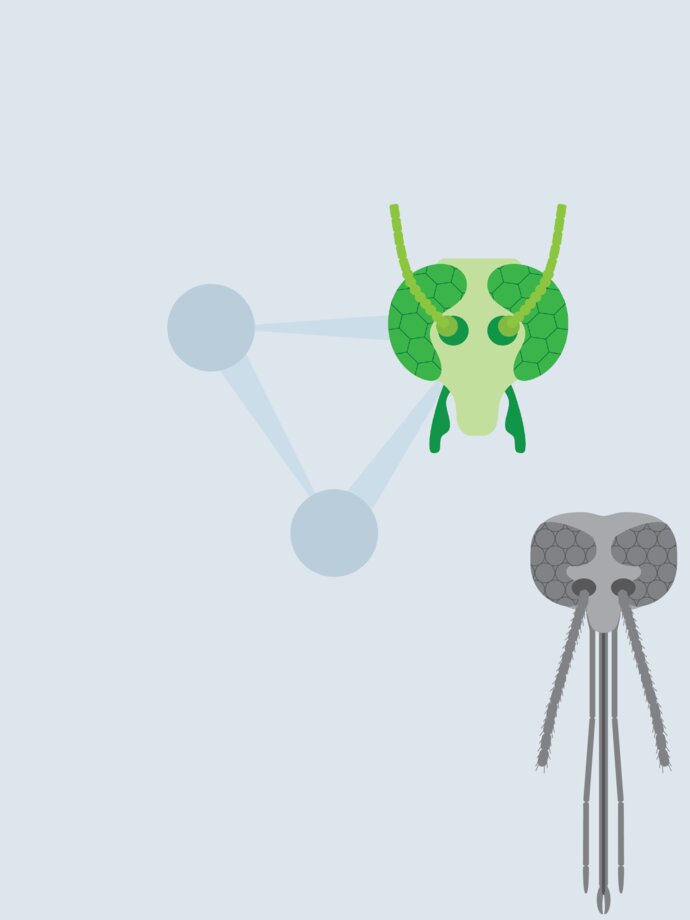
Miss
Carolina
Molina
I am interested on the ecology of vectors such as mosquitos and biting midges specially because these are main vectors of tropical diseases that affect countries like Ecuador, where I am from. I made my undergraduate project about abundance of Aedes aegypti in Galapagos Islands on 2017-2018. Currently, I am studying a MsC. program on Microbiology and I started working on the detecting of vectors of Oropuche virus in Ecuador analyzing Culex spp. and Culicoides by qPCR.

Dr
Hameem
Mollick
Bitting midges, Blackflies, Sandflies.

Mr
Biswajit
Mondal
Ecological parameters and biology of Culicoides.

Dr
Dinesh
Mondal
Visceral Leismaniasis

Dr
Carolina
Monteiro
I just started a job as a sand fly collection techinician so I started do study sand flies txonomy. My carear was developed studying sand flies interaction with leishmania and bacteria, but now I need to improve my epidomiology and taxonomy skills on this insect.
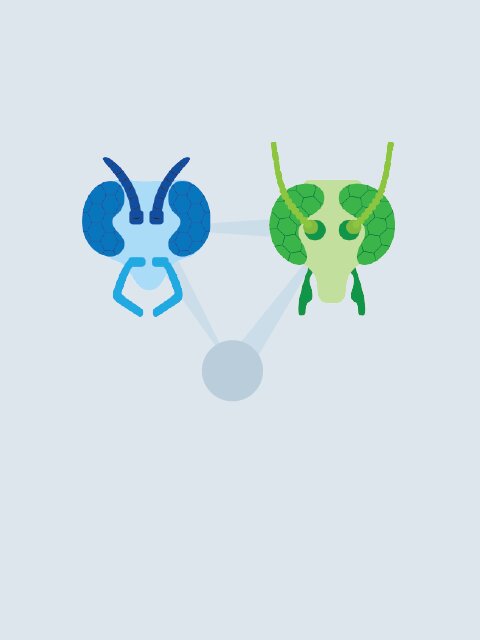
Dr
Ramiro
Morales-Hojas
Molecular evolution, genomics, population genetics, phylogeography, landscape genetics and phylogenetics.
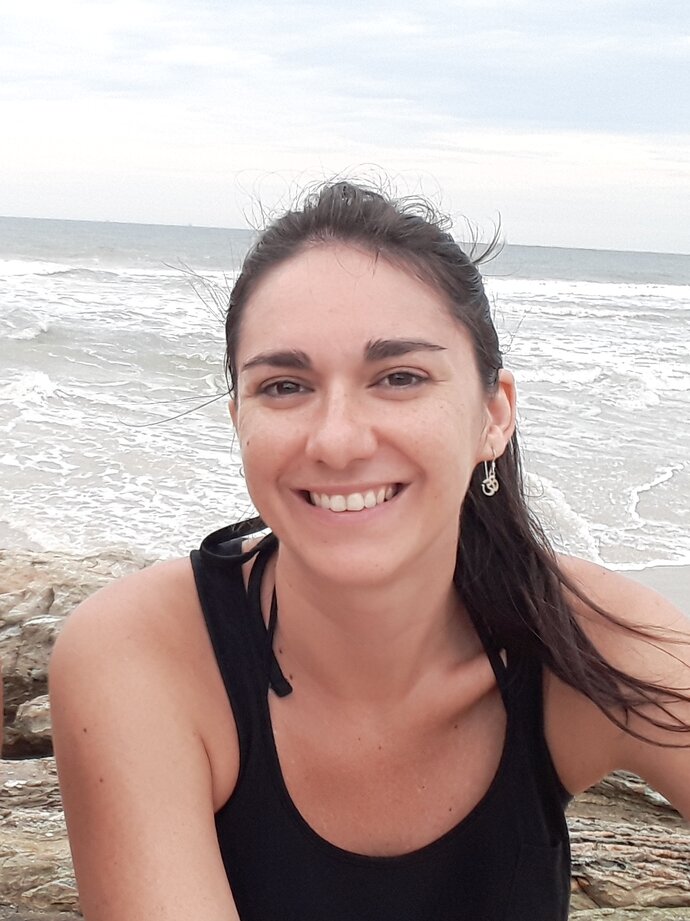
Sofía Lorián
Moya
Phlebotomine Taxonomy; Barcoding, Epidemiology; Molecular Biology and natural infection; Blood meal.

Miss
Emon
Mukhopadhyay
Taxonomy, diversity and distribution of biting midges,study the influence of altitude, temperature and precipitation on the vector and invasive insects of this group with the help of species distribution modelling in India.

Dr
Farah Isse
Mumin
Vector transmitted parasitic diseases, Veterinary Vaccine Production, Rational Use of Veterinary Drugs. currently investigating major tabanids transmitting Camel trypanosomiasis in Mudug Region, Somalia.

md.mosaddekur rahman
munna
Insect pest management . Through this management system, will develop and implement environmentally sound, sustainable practices to lessen the impact of insect pests. This research area concentrates on pests of field crops, livestock, horticultural crops, urban environments as well as forests.

Dr
Archie
Murchie
Insect surveillance and monitoring
Integrated pest management

Dr
Steve
Murphree
morphological and ecological studies of biting midge larvae, particularly Culicoides species

Mr
Abdurahman Mohamed
Muse
Animal health, vector-borne diseases and parasitic vaccine production